Recap of Rebuild: Evangelion 1.11 – You Are (Not) Alone
We are mere days away from international release of the epic conclusion to the Rebuild of Evangelion tetralogy, “Evangelion 3.0 + 1.0: Thrice Upon a Time”. This reworking of the iconic 90’s mecha anime has been on a long road to get to this point, starting all the way back in 2007 with the first installment, back when most weren’t sure what to expect from the project. It’s also pretty special for me personally, as a fan of the original series and having kept up with news regarding these movies since they were originally announced. It’s so strange thinking how much the world has changed since that first movie in the fourteen years that have passed, though for the sake of some semblance of brevity, let’s just focus on the movies. In the days leading up to 3.0 + 1.0’s release on Amazon (would have really liked a theatrical release but whatever), I’m going to go through the events of the previous three films, what my expectations were before I saw them, and how my thoughts have changed or not since they came out. So, let’s get in the robot, shoot some blue octahedrons, and resent our dysfunctional relationships with our fathers with Evangelion 1.11: You Are (Not) Alone.

The stated goal of the series was to be able to introduce Evangelion as a story to new viewers who were coming in blind. With that in mind, the first Rebuild film was actually the most straightforward in terms of expectations. It would essentially be a run through of the events of episodes 1-6 of the original anime, though with some noticeable animation updates and slight re-designs, most notably on the Evangelions and Angels. It covers the key points of those episodes, in particular Shinji’s arrival at NERV and first few battles in EVA Unit 01, with the third Angel encounter acting as the climax. It’s a method that’s actually quite common for popular anime series, most famously being responsible for giving the original Mobile Suit Gundam series from 1979 a second chance with audiences after an unsuccessful TV run, and ended up launching a major franchise that reshaped the mecha genre and eventually led to the creation of Evangelion.

On paper, this seems like an easy to cut the fat of the older episodes that may not be as accessible to those uninitiated. However, while it does a fine job at explaining the main conceit of the show, that being more detailed giant monster battles with a greater focus on the psychology of those involved in the battles, it still ends up feeling more like it’s for experienced fans than newcomers. This first movie definitely feels like six episodes stitched together, mainly because it is. It leaves in plenty to help characterize the main cast and set up their development going forward (or at least how they would go in the original series), but it leaves out many of the quieter moments that helped to underscore the more intense action scenes that they kept. Not only that, it’s so similar to the TV series that it can’t quite be considered its own thing, and only stands apart from it by its small differences.

And while those small differences will only be notable to older fans who are back to watch these movies, I remember the speculation about them being major in the fan circles of the time. For one, the numbering of the Angels who were present during these episodes had all been bumped up one, meaning the Third Angel was now the Fourth, the Fourth now the Fifth, and the Fifth the Sixth. Not only that, but a scene near the end of the film had Misato lead Shinji to Lilith, another Angel whose existence was only revealed to Misato more than halfway through the series. Though perhaps the biggest sign of change was the final scene of the film, which showed Kaworu, another major character who debuted in the third to last episode, appearing earlier than any adaptation had shown before. And on the moon, no less, in front of what seemed to be another Lilith. Needless to say, any of these things would probably just confuse and frustrate those coming in blind, but they drove much of the hype between 1.0 and 2.0.
While I think it’s safe to say that You Are (Not) Alone failed as an entry point for new fans, it definitely provided fuel to existing members of the fanbase like myself in keeping interest in Evangelion as a whole. Oddly enough, the official manga, which was still adapting a story that had ended back in the 90’s, was still ongoing, and there was no shortage of Evangelion media, so it’s not like this was all anyone was getting, but it proved to be a promising start to this new take on the iconic story. However, it was only in the next installment when things would start very clearly driving off the beaten path, which we’ll discuss in the next feature discussing Evangelion 2.22: You Can (Not) Advance. And don’t worry, there will be plenty of Fanservice.

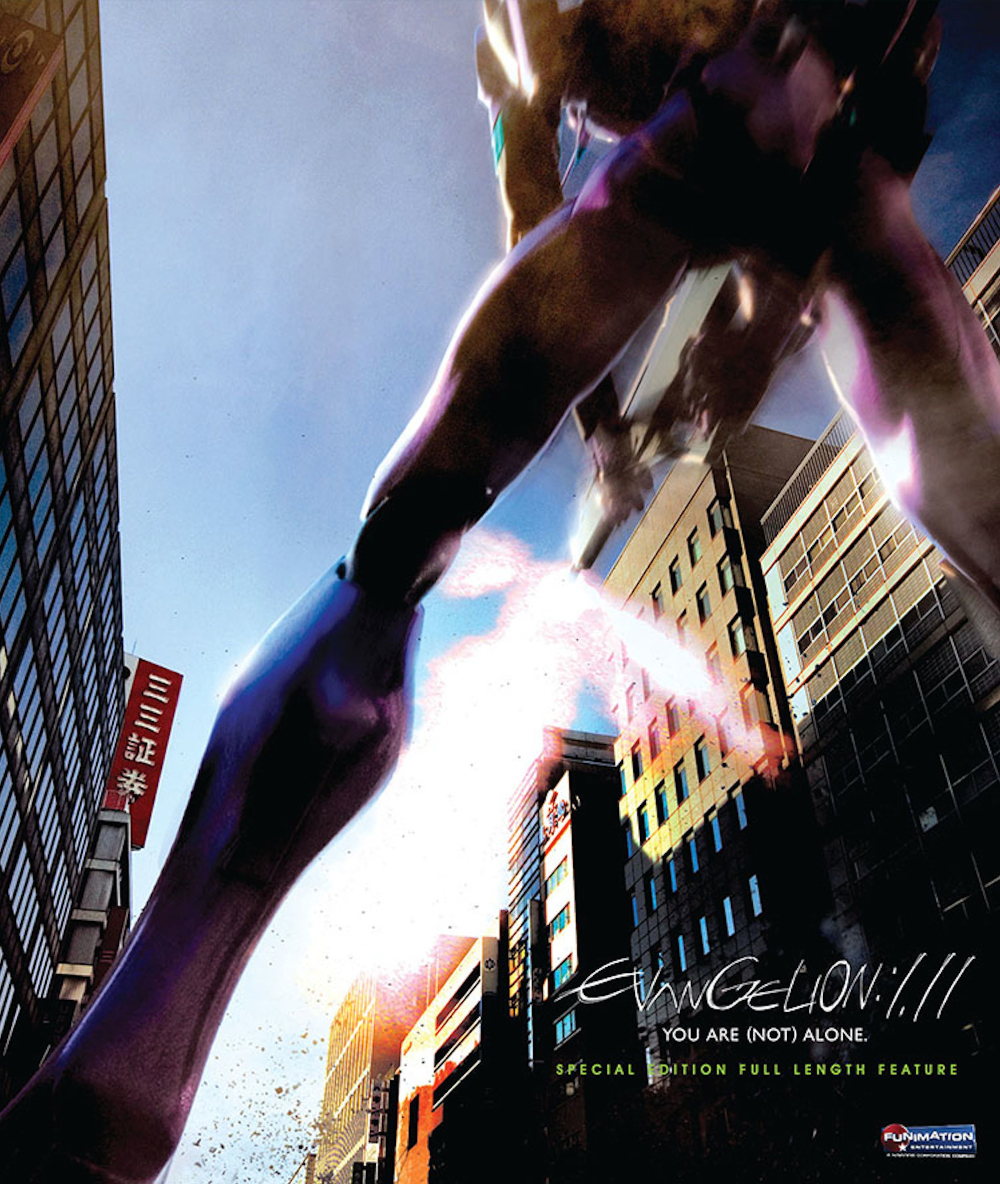
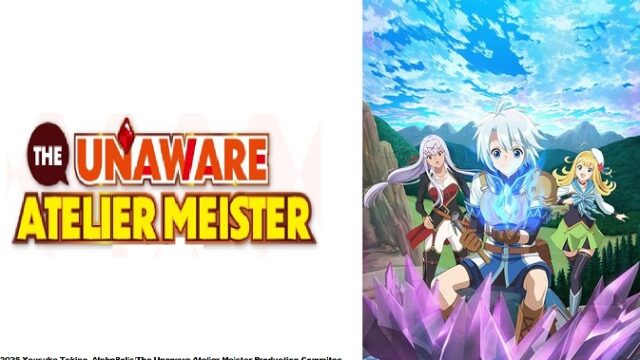
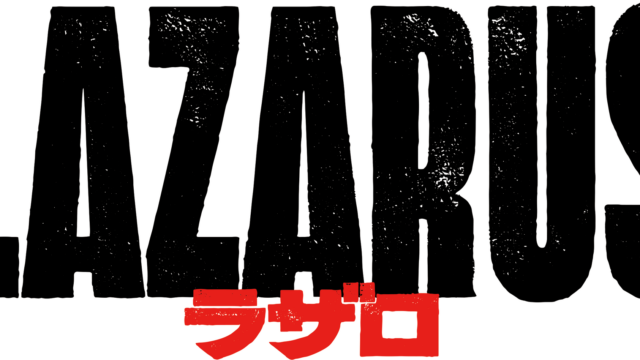
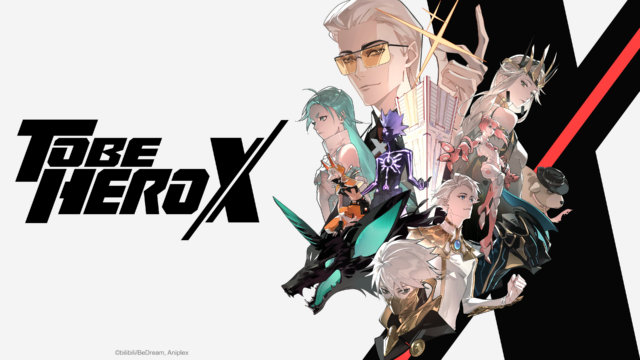
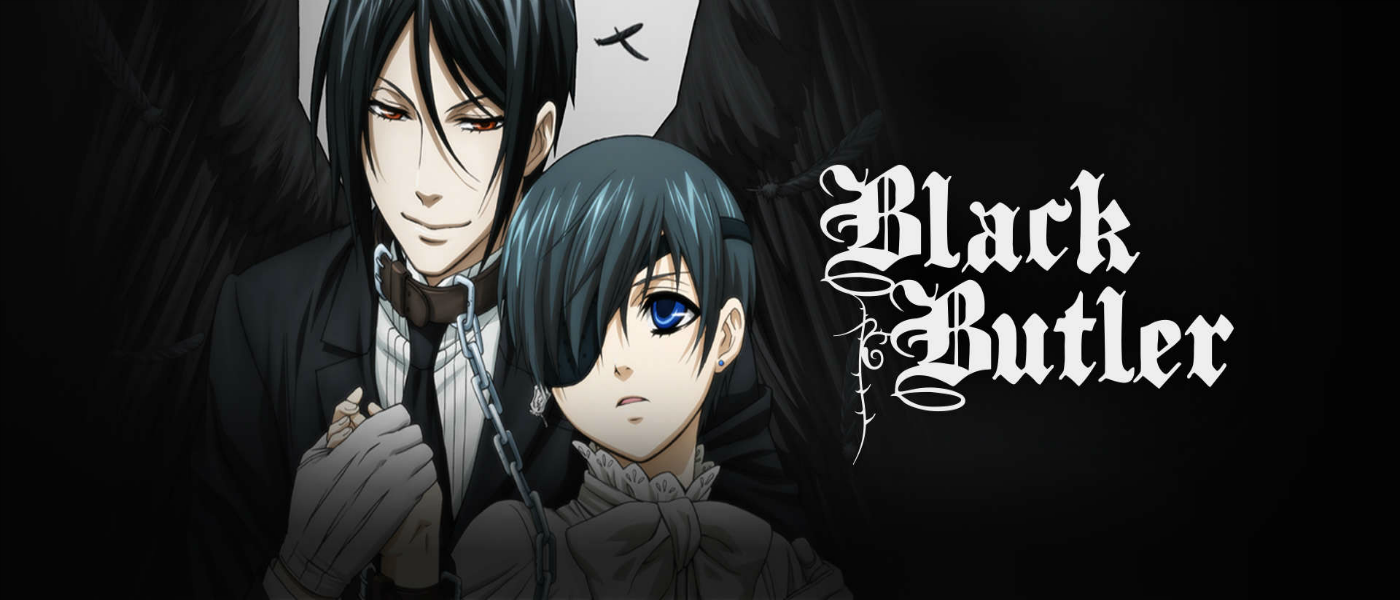











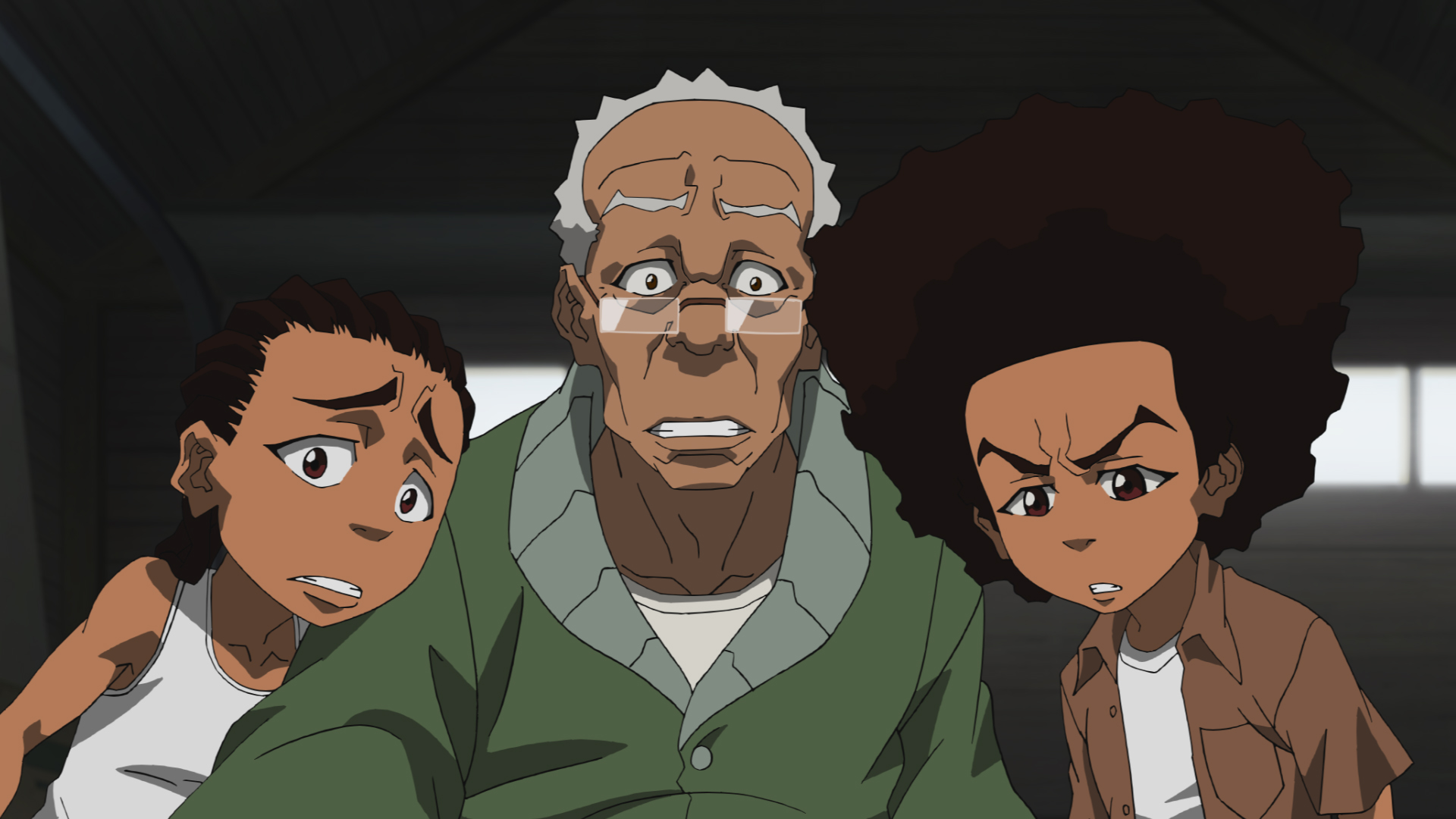






"There are also other characters that come and go (also owned by the Warner Bros. Discovery conglomerate media company)."
Huh. Is that just referring to other characters from the show itself, or is this implying that the new season is going to have cameos from other WBD IPs